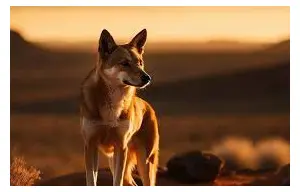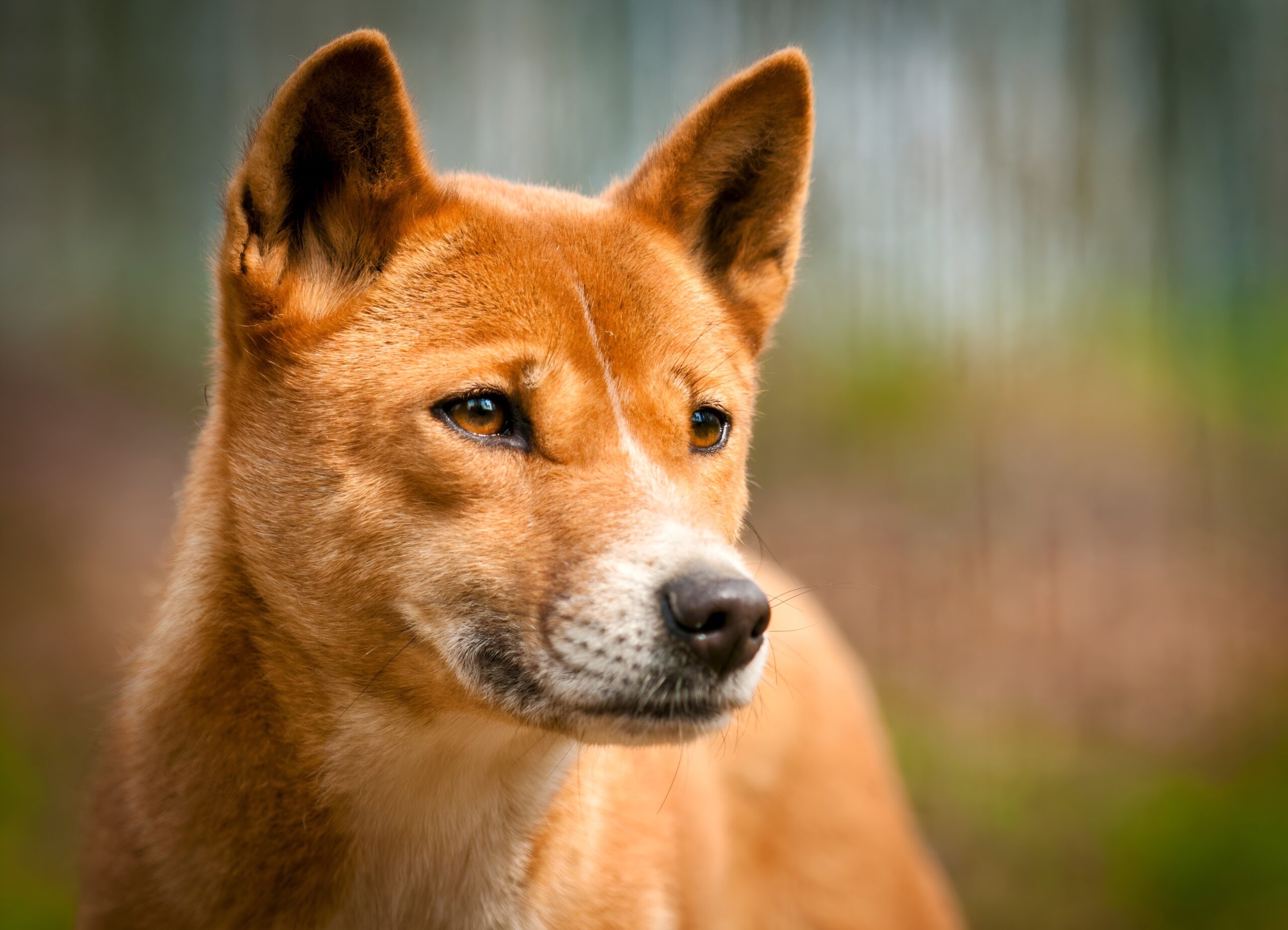Ancient Burials Reveal Profound Connection Between Indigenous People and Dingoes
In this intriguing news article, archaeologists in southern Australia have unearthed a fascinating connection between Indigenous people and dingoes through ancient burials dating back 2,000 years. The research, led by Australian National University's Dr. Loukas Koungoulos, highlights the remarkable similarities between the burial practices of dingoes and humans in the same region, signifying the profound bond between the two. These findings shed light on the cultural significance of dingoes in Indigenous communities and their vital ecological roles in Australia. This discovery underscores the urgent need to respect and preserve the cultural heritage of dingoes while recognizing their importance in maintaining the delicate balance of Australia's ecosystem.
An Ancient Bond: Dingoes and Indigenous Australians Unearthed.

An archaeological site located south of Sydney has unearthed a fascinating discovery, shedding light on the deep historical relationship between Indigenous people and dingoes. Researchers at the Australian National University, led by Dr. Loukas Koungoulos, examined the remains of dingoes that date back approximately 2,000 years. Astonishingly, the burial methods employed for these dingoes mirrored those traditionally reserved for human rites in the same area.
The close bond between Indigenous communities and dingoes is evident in this shared burial practice, reflecting the animals' "almost-human status." Dingoes arrived in Australia between 4,000 and 8,000 years ago, long after the establishment of Aboriginal groups along Australia's shores. While it was known that Indigenous people once took dingoes from wild dens and raised them, these dingoes were previously believed to have been released into the wild upon reaching sexual maturity to find a mate.
The Curracurrang archaeological site in southern coastal New South Wales provided a unique glimpse into the past. The researchers examined seven dingo specimens ranging from 2,000 to 800 years old. Some of the dingoes had heavily worn teeth, possibly indicating a diet consisting of large bones and human food scraps. Intriguingly, several dingoes reached an age of 6-8 years, suggesting that they were cared for beyond the pup stage. One dingo even displayed signs of suffering from a debilitating form of cancer in its final weeks, implying that it was looked after by people during its decline.

The researchers also surveyed burial sites across the country, discovering that they were predominantly situated along the southern coastlines of New South Wales and Victoria, with a notable cluster up north. This research doesn't imply domestication in the modern dog sense but underscores the cultural significance of dingoes to First Nations peoples.
Dingoes are more than mere wildlife, they hold immense cultural value for Indigenous communities. However, current practices like barrier fencing, trapping, shooting, and poisoning of dingoes often prioritize livestock production over their ecological and cultural roles. This study underscores the urgent need to respect and conserve the cultural significance of dingoes while acknowledging their crucial ecological function in controlling herbivore populations.



